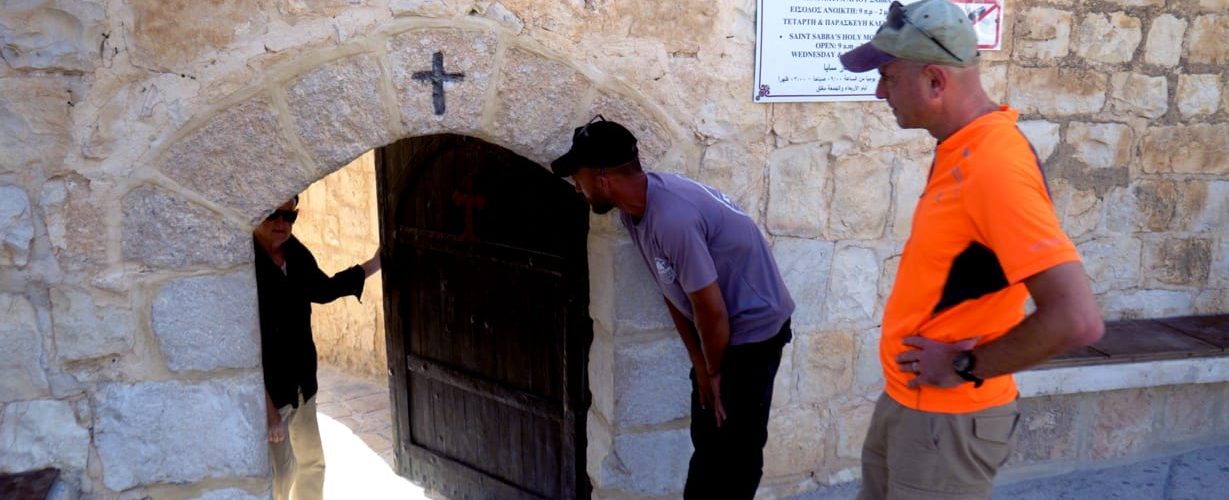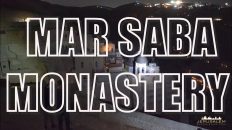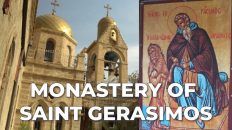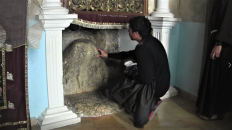The Mar Saba Monastery
The monastery of Saint Sabbas, also known as The Mar Saba monastery, is a Greek Orthodox monastery located down the cliff edge of the Kidron Valley which begins in Jerusalem between the temple mount and the mount of olives and runs eastward to the dead sea.
Saint Sabbas
St. Sabbas founded the monastery during the 5th century (483 AC), and today it is called “The Mar Saba Monastery” – In Arabic, “Mar” is as “Mr.” in English, and “Saba” means “respectful old man”. Sabbas was born in Turkey, and when he reached the age of eight, he entered a nearby monastery and quickly learned to read and become an expert on the Holy Scriptures. At the age of 27, Sabbas moved to Jerusalem and joined the monastery of Saint Euthymius, the great who later sent Sabbas to a monastery headed by Theoctistus, where Sabbas lived for three years. After the death of Euthymius (c 473), Sabbas left the monastery and moved to live in a cave nearby. After several years disciples moved to caves nearby, which was the beginning of the Mar Saba monastery in its form of a laura.
History
During the Persian invasion in 614 AD, the Mar Saba monastery was damaged and restored in 629 AD. Then it was raided several times during the Ottoman era and heavily damaged in an earthquake during the 19th century but finally rebuilt with the donation from Russia.
Today, the Mar Saba monastery is considered one of the oldest inhabited monasteries in the world.
During the glory days of the Mar Saba monastery, more than 300 monks lived there and in the caves surrounding it.
Laura
The Mar Saba monastery is built as a Laura, a type of monastery consisting of a cluster of cells or caves where each monk lives in seclusion but with a central church and other shared facilities such as a big dining room where the monk can dine together.
As you are about to see in our video, the monastery today is quite large, and it consists of two churches, a refectory for dining, 12 cisterns, cells for monks, and a hostel for visitors. In our current video, we were allowed to use our video camera at a specific balcony that oversees the Kidron valley and many caves and cells where monks lived in the past and today. We shall also see the cave where Sabbas lived for five years before the monastery was founded.
The Laura of Mar Saba is one of several Lauras that were built in the Judea desert area, such as the Laura of Chariton the Confessor, the Laura of Pharan (known as Wadi Qelt), the Laura of Douka on the Mount of Temptation west of Jericho and Souka Laura or Old Laura in the area of Tuqu in Wadi Khureitun.
Saint Sabbas was buried in the monastery, but during the Crusader era, his body moved to Venice, and in 1964, by order of Pope Paul VI, the body was returned to the monastery and can be seen lying in a glass case in the main church.
Each year on December 17, the monks light hundreds of candles around the monastery and within the caves to commemorate the day Sabbas was born.
That’s it for today and until we meet in our next video let’s live the Jerusalem Experience!!





